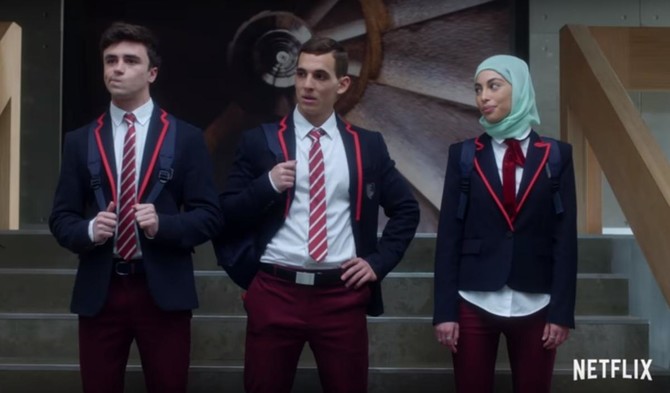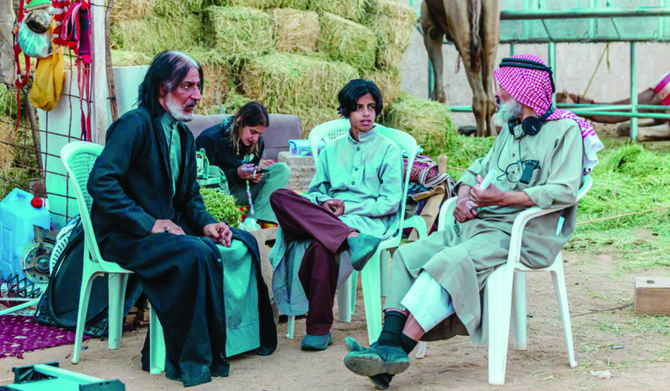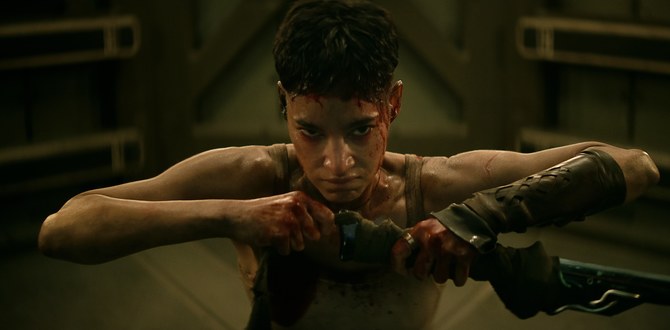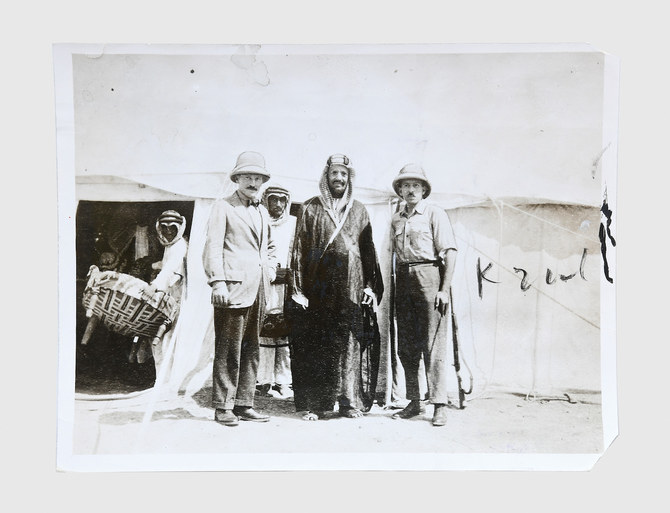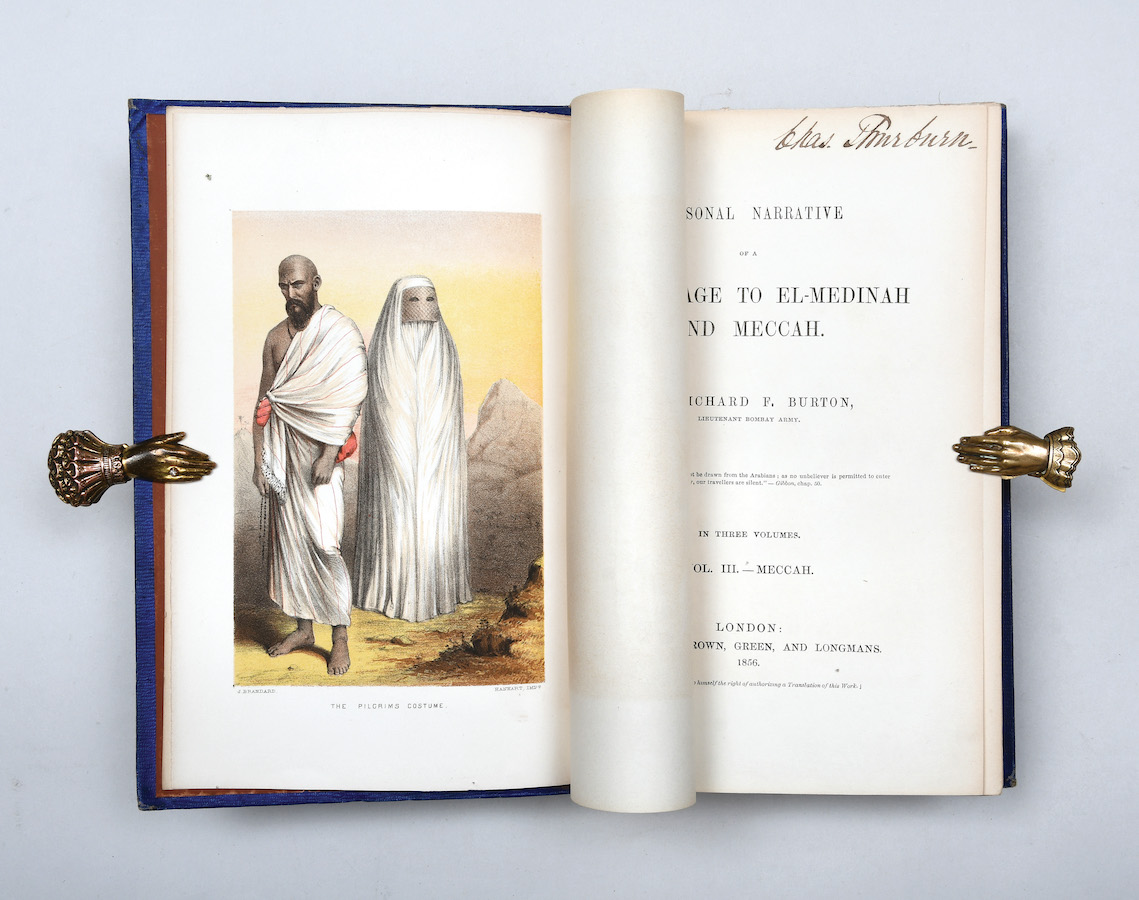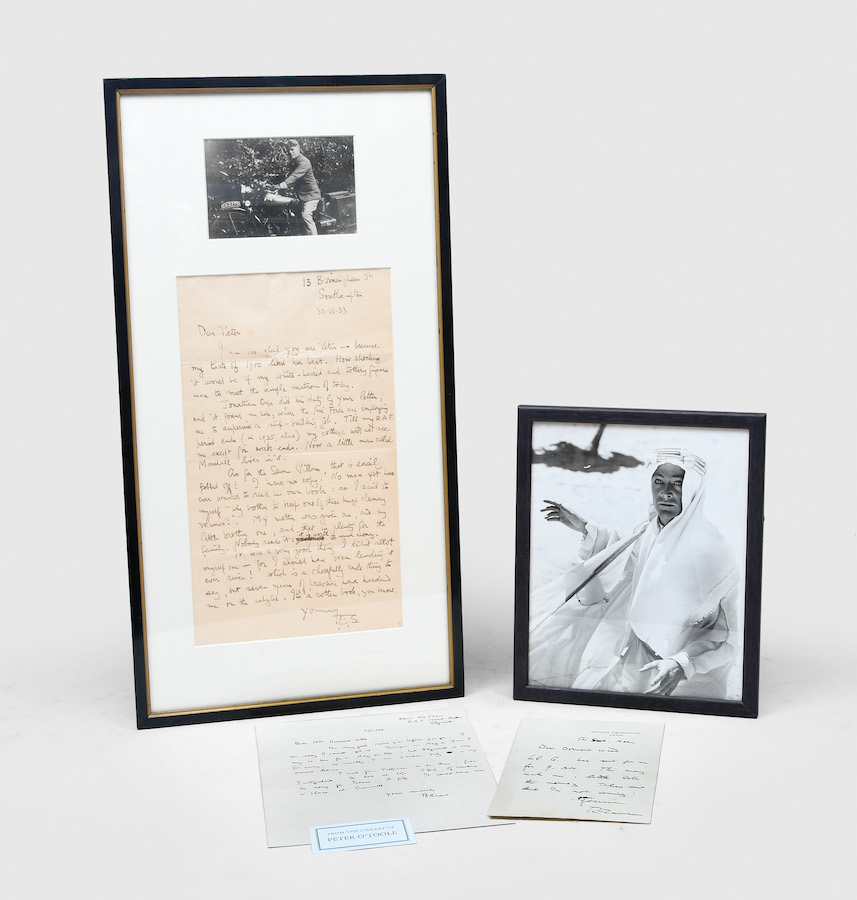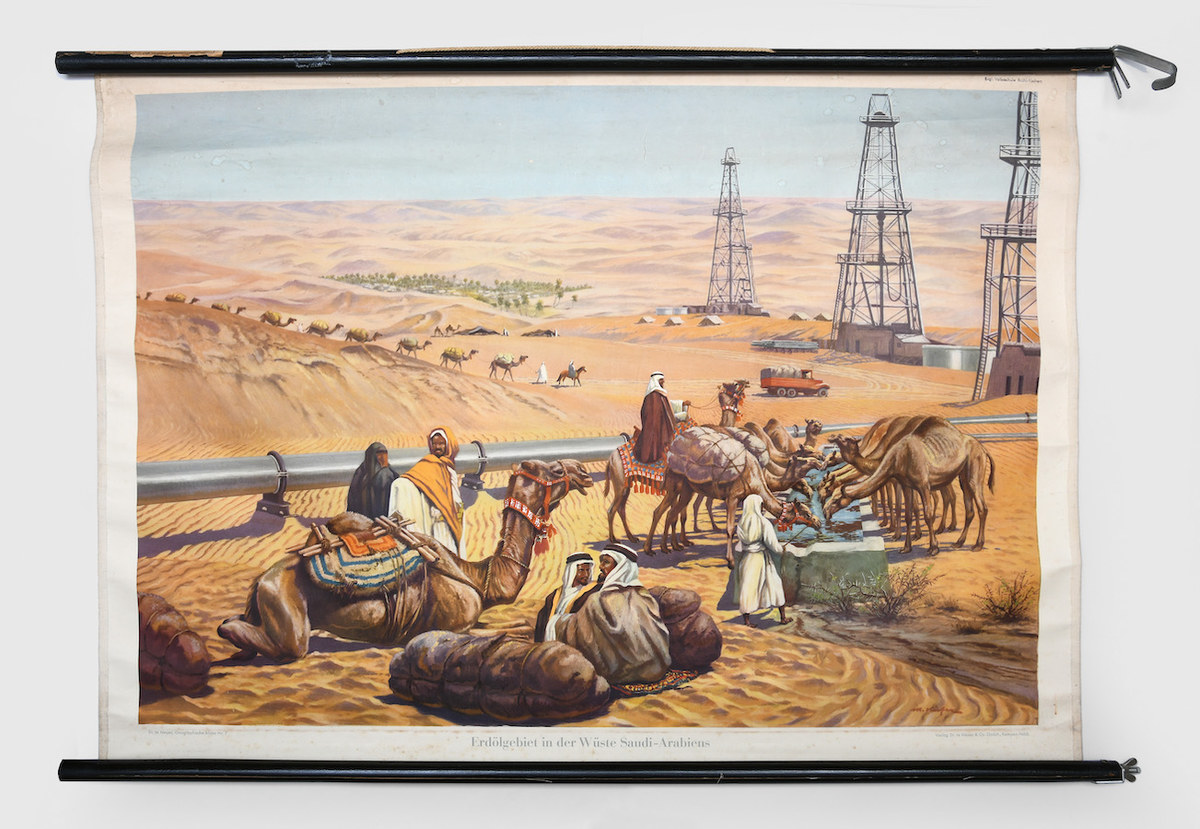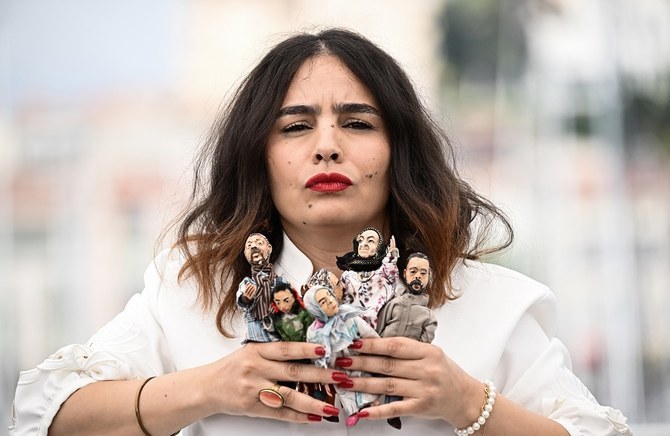MADRID: After the success of “Casa de Papel” (Money Heist), Netflix premiered its latest Spanish language teen drama, “Elite,” this week.
The story is based on a prestigious private school in Spain where three newly enrolled working-class students upset the status quo — among them, an ambitious Muslim-Palestinian girl.
As the plot unravels around spoilt, rich teens clashing with the newbies and the death of one of their classmates, the show — which has been compared to “13 Reasons Why,” “Gossip Girl” and “Pretty Little Liars” — highlights key issues, among them prejudice toward the working class, HIV and Islamophobia.
In the first episode, Nadia, played by Mina El-Hammani, is ordered to remove her headscarf by the principal or face expulsion in a scene that plays heavily on the debate over whether to ban headscarves in schools that has gripped Europe in recent years.
In 2004, France banned the wearing of all noticeable religious symbols in public schools, which affected those wearing headscarves in schools. Meanwhile, in 2016, a young Muslim woman missed a week of classes because she refused to remove her headscarf.
There was also widespread controversy when a primary school in London banned pupils from wearing the headscarf earlier this year only to later back down from the ban.
It is in this context that the show’s co-writers sought to use Nadia’s character to highlight the challenges some Muslims face when integrating into European society.
“We wanted to work with this character because it’s something that is happening in Europe. This is the reality that we see every day,” co-writer Dario Madrona told Arab News.
“(Nadia) reflected the idea of what Muslims have to face in Europe every day. Because you are part of a different culture, you don’t know if you can integrate. People look at you funny sometimes,” he added.
During the series, Nadia is also faced with hateful comments from her fellow classmate Lu, played Danna Paola, who refers to her as “Taliban.
Nadia’s brother, Omar, played by Omar Ayuso, faces his own challenges in the show. In one episode he his confronted by his friend Samuel, played by Itzan Escamilla, about his drug dealing.
Samuel advises Omar to join him at the restaurant where he works, to which Omar reminds him that although they both handed in their resumes, only Samuel received a call back.
Aside from Islamophobia and ethnic discrimination, the show also explores the identity crisis some teenagers go through in high school.
El-Hammani explained that, like Nadia, she comes from a Muslim background but struggles with the culture clash that comes with living in Spain.
“My parents are from Morocco, they are Muslims, so I know what it is like to live in a closed environment. Nadia is from Palestine so it’s different, but the same clash of cultures can be felt in both cases,” El-Hammani said.
“I have had a childhood that was very similar to what Nadia has lived (through). Although I was born in Spain, when I go back to Morocco I am a Spaniard and when I am in Spain I am the Moroccan girl. So, you always wonder, ‘Who am I?’”


